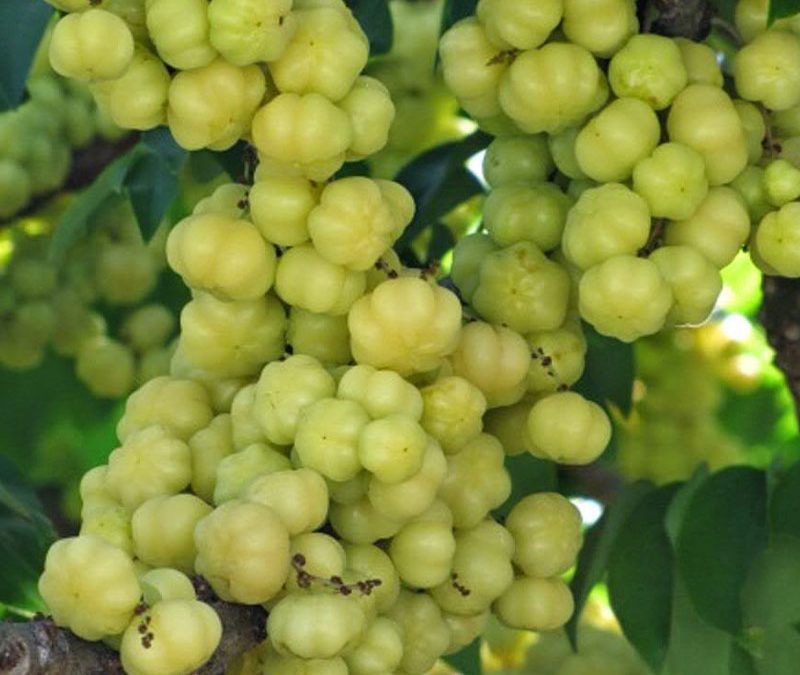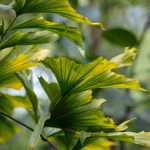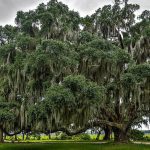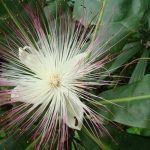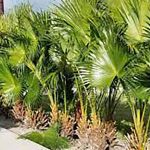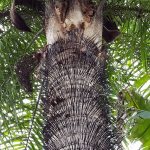Pereskia aculeata is a scrambling shrub in the family Cactaceae. Common names include Barbados gooseberry, blade-apple cactus, leaf cactus, rose cactus, and lemonvine.[3] It is native to tropicalAmerica. The leaves and fruits are edible, containing high quantities of protein, iron and other nutrients, and it is a popular vegetable in parts of the Brazilian state of Minas Gerais under the name of ora-pro-nóbis.
Like other members of the genus Pereskia, these plants are unusual cacti with spiny non-succulent stems and large leaves.
It is a scrambling vine growing to 10 m (33 ft) tall in trees, with stems 2–3 cm (0.79–1.18 in) thick. Younger stems have hooked thorns and older stems have clusters of woody spines. The leaves are 4–11 cm (1.6–4.3 in) long and 1.5–4 cm (0.59–1.57 in) broad, simple, entire, and deciduous in the dry season. The strongly scented flowers are white, cream or pinkish, 2.5–5 cm (0.98–1.97 in) diameter, and numerous, produced in panicles. The fruit is a rounded berry, translucent white to pink, yellow, orange or red, and 2 cm (0.79 in) in diameter. The leaves are edible, containing 20 to 30% of protein in the dry leaf matter. The fruit are also edible, containing numerous small seeds. It somewhat resembles the gooseberry in appearance and is of excellent flavor.

